In early 2025, HDMI Licensing and the HDMI Forum unveiled the upcoming HDMI 2.2 spec—but they may have some unexpected competition. Enter GPMI, a new contender from the Shenzhen 8K UHD Video Industry Cooperation Alliance. Billed as a potential alternative to HDMI, DisplayPort 2.1, and even Thunderbolt 5, GPMI aims to shake up the A/V standards game… or at least make some noise trying.
What is GPMI?
GPMI (General Purpose Media Interface) is a potential audiovisual cable standard that’s quietly been in development for a while. Backed by a coalition of 50 China-based companies—including heavyweights like Huawei, Skyworth, Hisense, and TCL—GPMI is positioning itself as a bold new alternative in the crowded A/V connection market.
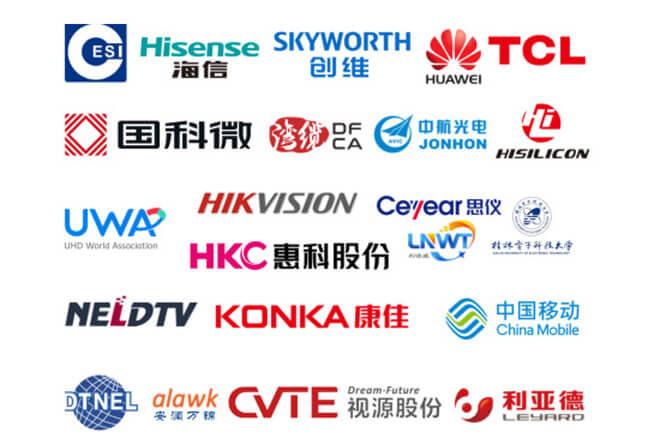
GPMI will come in two physical form factors: one featuring a proprietary connector (Type-B), and another using the more familiar and open USB Type-C design.
- Type-B is engineered to handle data transfer rates up to 192 Gbps and deliver up to 480W of power. At that speed, it effectively eliminates limitations on resolution, refresh rate, color depth, HDR, and lossless audio—at least for the foreseeable future.
- Type-C is designed to support up to 96 Gbps data transfer and 240W of power delivery.
Compared to existing standards, GPMI leaves a mark. HDMI 2.2 tops out at 96 Gbps, DisplayPort 2.1 lags behind at 80 Gbps, and neither offers meaningful power delivery. Thunderbolt 5 comes closer with up to 120 Gbps and 240W power, but GPMI still doubles that—both in speed and juice.
The GPMI Type C has official USB Association approval, which is also significant for future USB infrastructure applications. There is no mention of this support on the USB Association website as of this point.
GPMI cables can easily pass 8K resolution, high-definition audio, power, universal control data (analogous to HDMI-CEC), and networking information.
For security, it is indicated that GPMI incorporates ADCP copy-protection. If you haven’t heard of ADCP, you’re not alone. Very little information is available about it, but in theory it would prevent unauthorized copying of digital audio and video content — just like HDCP does. Yet with HDCP as the de facto standard over HDMI, copy protection is yet another hurdle likely to slow GPMI adoption..
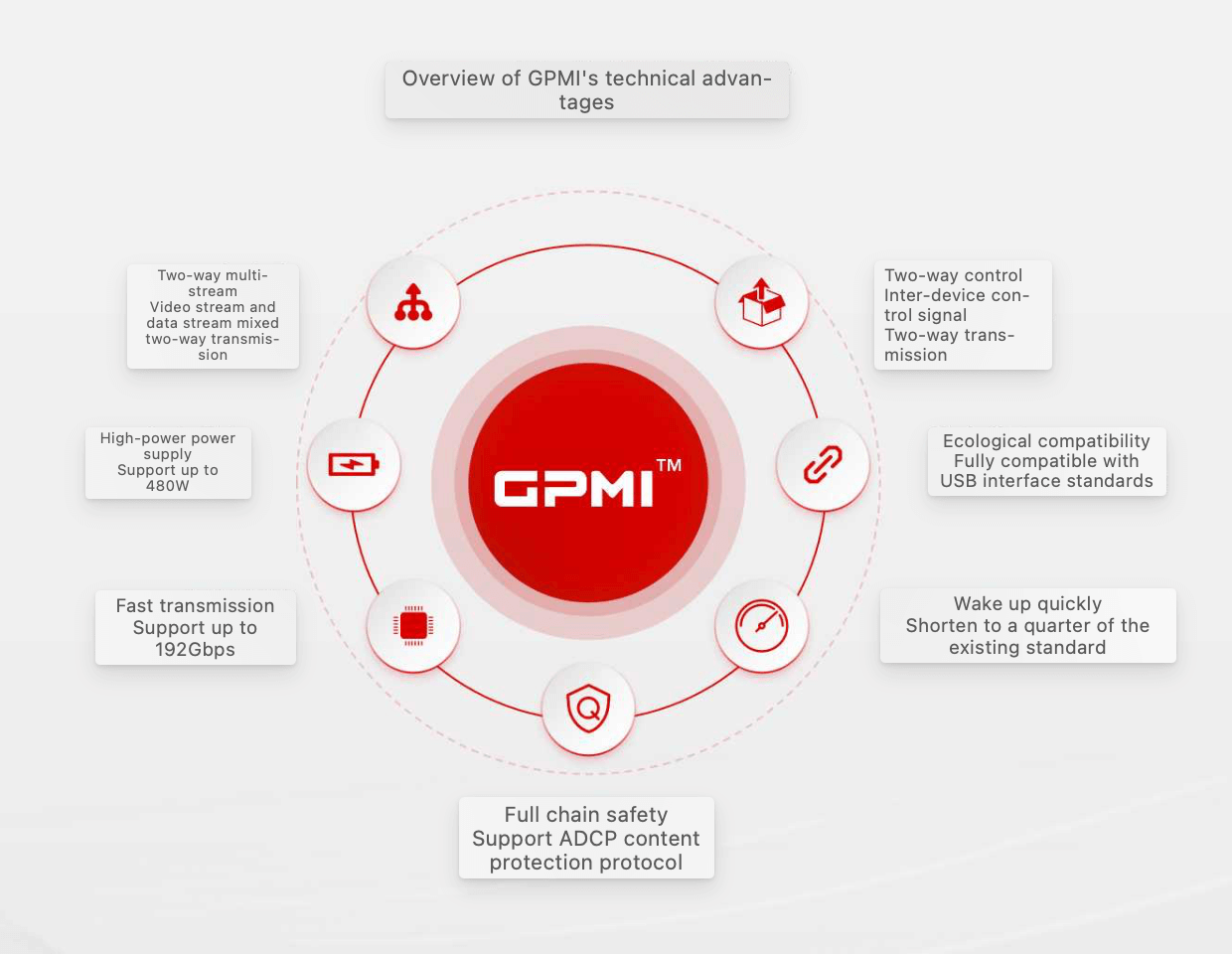
Comparison
| Connection Standard | Transfer Speed (Bandwidth) | Power Delivery |
| GPMI Type-B | 192 Gbps | 480 W |
| GPMI Type-C | 96 Gbps | 240 W |
| HDMI 2.2 FRL (Fixed Rate Link) | 96 Gbps | No Power |
| HDMI 2.1 FRL (Fixed Rate Link) | 48 Gbps | No Power |
| HDMI 2.1 TMDS (Transition-minimized Differential Signaling) | 18 Gbps | No Power |
| Thunderbolt 5 | 120 Gbps | 240 W |
| Thunderbolt 4 | 40 Gbps | 120 W |
| DisplayPort 2.1 | 80 Gbps | No Power |
GPMI – Implementation Issues
Although early reports suggest that GPMI will be offered as an open standard with no licensing fees—and it already has backing from 50 companies—all of its current supporters are based in China. Given today’s complex economic and geopolitical climate, companies outside of China may need more convincing before embracing GPMI as a truly global solution.
And let’s be honest—are we really ready for another format war? HDMI, USB, and DisplayPort are already deeply entrenched in billions of devices worldwide. When it comes to AV use, the idea of GPMI replacing HDMI anytime soon is more fantasy than fact. Sure, HDMI isn’t perfect—occasional glitches still pop up—but it has steadily evolved since its debut, consistently delivering reliable video, audio, and control capabilities for most users’ needs.
Another major hurdle for GPMI is cost—specifically, how much it will take to integrate GPMI ports into TVs and other consumer devices. This brings us right back to the classic chicken-and-egg dilemma: If HDMI, USB-C, and DisplayPort already cover most users’ needs, what content—either now or in the near future—actually demands what GPMI has to offer? Without clear demand, widespread adoption seems like a tough sell.

The Bottom Line
GMPI has created a lot of buzz amongst many that cover the A/V product landscape. Here’s some of our initial thoughts:
From Chris Boylan, Editor at Large:
“GPMI just seems unnecessary to me. As much as some people complain about it, HDMI is really not that bad in the grand scheme of things and just plain works the vast majority of the time. Yes, there are sometimes weird behaviors with the handshake, but they’re pretty few and far between in my experience. And most issues can be blamed on bad cable or cable with insufficient bandwidth for the job at hand.”
From John Sciacca:
“From the CI (Custom Install) perspective, there are millions of installed HDMI devices/cables, often in a manner that cannot be replaced, so it would be difficult from that standpoint for a new standard to come in and take that over. (Though, we saw that with component video during the analog sunset, so…) As Chris mentioned, for the vast majority of cases, HDMI works. I’d say in the real world we have like a .1% failure rate. (Honestly, I can’t think of a time right now where we’ve had a cable fail recently.) Typically, when we do see an HDMI failure, it is usually physical abuse (they somehow broke the cable end, snapped it off inside the TV/AVR) or electrical related (usually coming in on the cable line, going through the cable box). Even lengthy cables are reliable now with fiber optic transmission. We already have HDMI cabling that can carry 8K signals, and HDMI can carry Ethernet (though I can’t think of an application where it does…) HDMI feels like an “if it ain’t broke” proposition.”
From Brian Mitchell, Founder & CEO:
“While the specs for GPMI look impressive on paper—especially with the added power and data over a single cable—that’s something USB-C and Thunderbolt already do. If GPMI is truly an open standard, it could help manufacturers cut costs. The data bandwidth is overkill for typical A/V needs, but it could be valuable for devices like phones, cameras, or external drives. I’d expect to see GPMI land in laptops, phones, and monitors long before it ever makes its way into TVs or audio gear—if it does at all. Thunderbolt 5 already has better benchmarks than HDMI, yet it has never been used in TVs or consumer audio equipment. Unless a breakout product like a VR headset forces adoption, GPMI’s rollout is likely to be a long and uphill battle.”
So, what do think about GPMI, if anything, so far…put in your “two cents” in our comment section below.
Related Reading







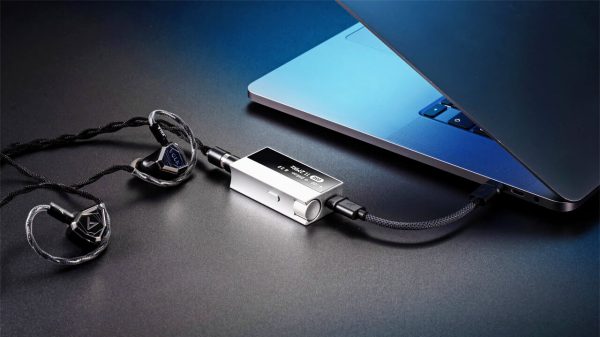
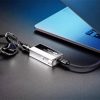
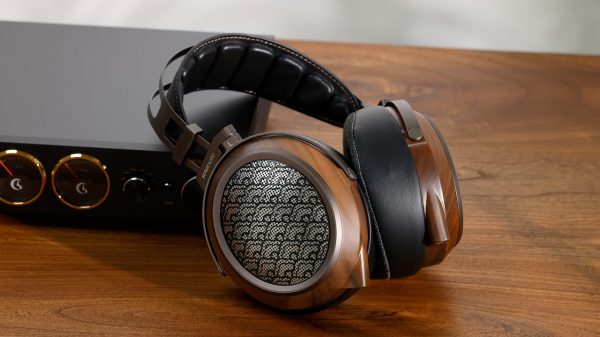
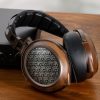
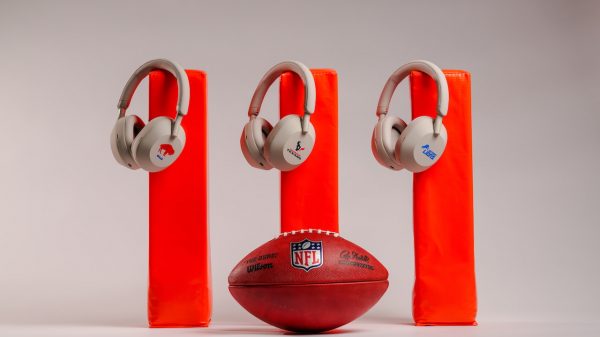
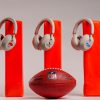


























Richard L Johnson
April 19, 2025 at 8:58 pm
If GPMI offered a locking connector, a la XLRs and RJ-45s, you’d have my interest. As it is, it’s a solution looking for a problem. And right now the biggest problem I see is cables coming loose and causing intermittents, made worse by stiff, heavy cables and friction-fit only connectors.
George
April 21, 2025 at 2:25 am
“HDMI works. I’d say in the real world we have like a .1% failure rate”
LOL, that’s why I had to replace 3 of my six HDMI cables in the last 6 months. Thankfully, I have an HDMI cable tester that cuts the troubleshooting time down to seconds.
Ian White
April 21, 2025 at 10:34 am
George,
Which brand? I’ve used the same HDMI cables for the past 3 years with frequent swaps because of reviews and none of them have broken.
IW
George
April 23, 2025 at 4:43 pm
Various brands, I don’t buy any particular brand. I do have an HDMI cable that is 15 years old, it’s 25 feet, I run it between my PC video card and my TV. I’ve swapped 5 TV’s on it and it works perfect.